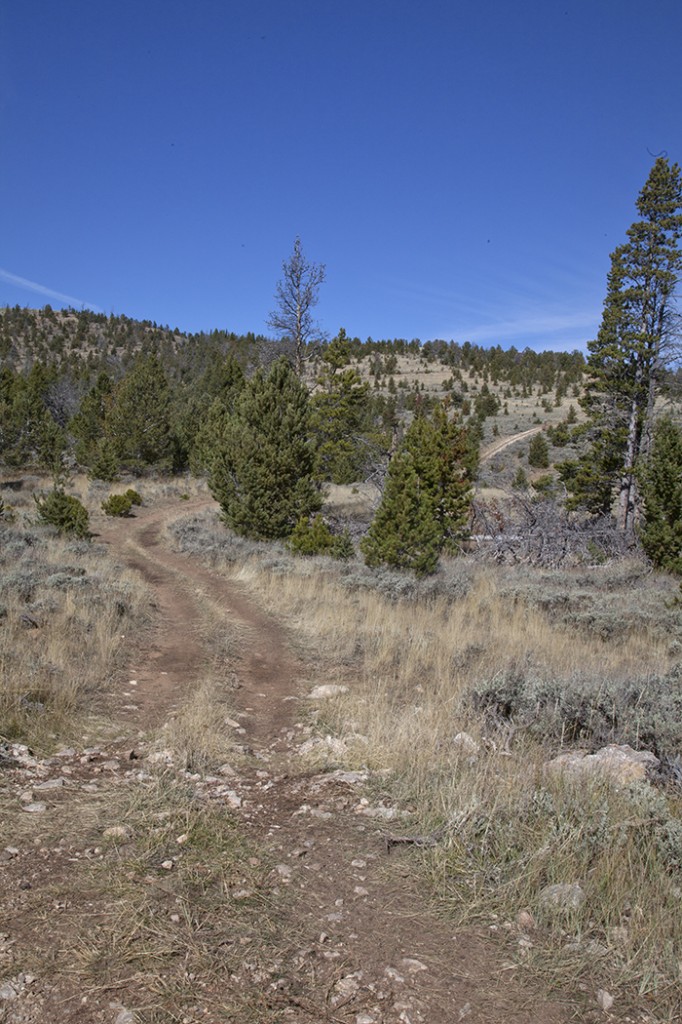 ON SUNDAY, FEBRUARY 15, 2015, CHRISTOPHER SOLOMON published an essay in the New York Times titled “Leaving Only Footsteps in the Woods?: Think Again.” The premise of Solomon’s piece was that every human being that enters a wild area has an effect on the wildlife living there.
ON SUNDAY, FEBRUARY 15, 2015, CHRISTOPHER SOLOMON published an essay in the New York Times titled “Leaving Only Footsteps in the Woods?: Think Again.” The premise of Solomon’s piece was that every human being that enters a wild area has an effect on the wildlife living there.
It’s an important observation, one that gets surprisingly little attention in an era when many outdoors folk desperately want to believe that their activities are “nonconsumptive” and not a bit like the depredations of bloodthirsty hunters and anglers who go out with the express purpose of committing mayhem against defenseless wild things.
Of course, there’s no such thing as “nonconsumptive use” in the outdoors. The research literature is replete with studies that demonstrate that cars and trucks, ATVs, hikers, and horseback riders all have deleterious effects on many wild animals, sometimes killing or maiming them or, more often, displacing them temporarily or permanently, often with short- or long-term effects on their well-being.
It’s worth remembering that, while human presence itself has an undeniable effect on wildlife and wild places, that direct damage is dwarfed by the effect of our demand for resources. The SUV used to drive to that primeval forest, the gasoline burned on the trip, the wool in the sweater, the petrochemical in the shoes, the lunchmeat in the sandwiches multiplied by 320 million constitute a threat orders of magnitude greater than any form of recreation we pursue. And this damage is inflicted by every person in America, not just backpackers and off-road aficionados.
I do want to raise one objection to Solomon’s piece. He carries things too far when he argues that a person on foot has more impact than a person on a snowmobile or ATV. He cites a study in Alaska by Grant Harris and colleagues that gathered data on the effect of snowmobiles on wintering moose in the Kenai. These researchers also reviewed the scientific literature to find studies of other winter activities, particularly Nordic skiing. A couple of these studies suggested that a moose’s response to a person on skis might be greater than its response to a snowmobile. Solomon concluded that there was “more evidence of impacts by hikers, backcountry skiers and their like than by the gas-powered crowd.”
Not really. Harris and his co-authors gave a more accurate assessment when they wrote that “nonmotorized recreation causes fewer, stronger disturbance effects in relatively smaller areas while motorized recreation generates more, weaker disturbances across larger areas.” I would add that motorized disturbance involves MUCH larger areas and often inflicts more severe long-term ecological damage as well.
Extensive research on elk at the Starkey Experimental Forest and Range in northeastern Oregon has concluded that ATVs and mountain bikes generally cause greater disturbance for elk than hikers and horseback riders, results that are supported by many other studies from other parts of the country assessing disturbance of other wild animals. Add to that body of information the lasting ecological effects of backcountry roads and the unauthorized trails that ramify over public lands across the country and you have a scale of damage that pedestrians could never match.
Kudos to Solomon for reminding us that “we’re all complicit” in the ongoing deterioration of wild places. But I would add that, if you find the muse calling you to the wild country and you’re looking for a way to reduce your impact, park the vehicle, tighten the laces on your boots, and walk. You’ll see more and hurt less.
Leave a Reply
You must be logged in to post a comment.